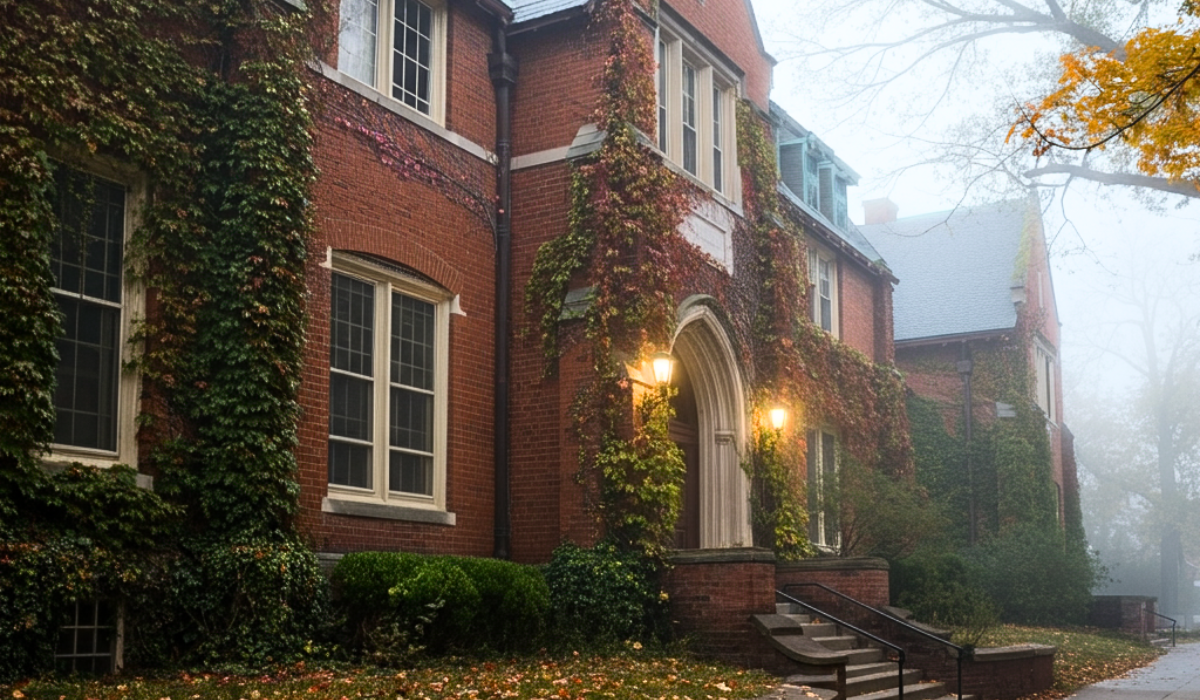The Closure of Notre Dame College in South Euclid, Ohio
After extra than a century of serving college students, Notre Dame College in South Euclid, Ohio, closed its doors on the quit of the spring 2024 semester. Founded in 1922, this small Catholic liberal arts university’s task became to nurture students thru educational excellence, personal boom, and inclusive education rooted in Catholic traditions. Financial and demographic demanding situations have become insurmountable notwithstanding chronic efforts to sustain the organization.
This article explores the reasons behind the closure, the efforts to keep the college open, and its impact on students, faculty, and staff.
Why Did Notre Dame College Close?
The closure of Notre Dame College can be traced to several critical factors. Each played a significant role in shaping the difficult decision to end operations after more than 100 years.
1. Declining Enrollment
Like many small schools across the U.S., Notre Dame College struggled with falling enrollment numbers. Fewer college students enrolling meant fewer training dollars, that is the organization’s number one sales source.
The college could not sustain its operations whilst faced with a constant drop within the student populace. National tendencies additionally pointed to a wellknown decline in college enrollments, in particular for smaller establishments, as extra college students and households reevaluated the fee and value of better schooling at some point of the pandemic and beyond.
2. Rising Operational Costs
The operational expenses of running a college were rising year after year. From salaries for faculty and staff to facility maintenance, every aspect of its operations required increasing resources.
Unfortunately, tuition fees and institutional fundraising efforts were insufficient to cover the ballooning costs. These increasing expenses and a declining student body created a precarious financial situation for the college.
3. Significant Debt
An unsustainable amount of debt-burdened Notre Dame College. Over time, loans taken to expand programs, upgrade facilities, and cover operational shortfalls began to weigh heavily on the institution’s financial health.
The obligation turned into a critical impediment, at last restricting the school’s capacity to adjust to progressing difficulties or put resources into fundamental drives important for long haul endurance.
4. Demographic Challenges
Another major factor was the shrinking pool of college-aged students. This demographic shift, driven by declining birth rates over the past two decades, has particularly affected small liberal arts colleges like Notre Dame.
The competition to draw new enrollees have become even fiercer, with fewer prospective students. Larger and greater well-funded institutions were capable of outpace smaller colleges in presenting aggressive economic aid programs, superior centers, and new programs, further exacerbating the enrollment problem for Notre Dame College.
5. Lack of a Strategic Partnership
Finally, the university’s incapacity to steady a strategic accomplice thru a merger or acquisition changed into a turning point. Administrators mentioned a capacity partnership with Cleveland State University, but the talks did no longer result in a a hit agreement.
Without a larger partner school’s financial and institutional support, Notre Dame College faced a future it could no longer endure alone.
Efforts to Keep the College Open
Notre Dame College did not go down without a fight. For years, administrators, faculty, and staff worked tirelessly to explore all possible avenues to sustain operations.
Fundraising Campaigns
The university released numerous fundraising campaigns to generate the assets essential to stave off closure. These tasks focused alums, spiritual businesses, philanthropic foundations, and community stakeholders.
While these efforts demonstrated creative resolve and strong community support, they ultimately failed to provide substantial, long-term financial backing to address the college’s challenges.
Debt Refinancing
College administrators explored ways to refinance the institution’s significant debt load to ease financial pressures. Unfortunately, refinancing solutions were either unavailable, insufficient or did not align with the college’s overall economic strategy.
Pandemic Relief Funds
Like many colleges nationally, Notre Dame utilized federal and country comfort price ranges all through the COVID-19 pandemic. These price ranges have been a lifeline, helping sustain operations quickly and supporting the students at some point of a tough time.
Still, the relief funds were never meant to be a permanent solution. Once these funds were depleted, the underlying structural and financial issues remained.
Exploring a Merger
The college’s exploration of a merger with Cleveland State University was the most significant effort to ensure continuity. Discussions between administrators from both institutions aimed to secure resources and preserve the academic trajectory of Notre Dame College students.
However, despite these discussions, no viable partnership or merger agreement materialized.
The Impact on Students, Faculty, and Staff
The closure of Notre Dame College was not just a financial or administrative decision. It profoundly affected the students, faculty, and staff who called the institution home.
Support for Students
To decrease disruption, Notre Dame College worked diligently with companion colleges to facilitate the transfer of credits and tuition preparations. These partnerships allowed enrolled students to transition to different institutions as easily as possible, ensuring they could complete their levels.
The college also provided individualized support for students during the transition, including counseling services and academic advising, to help them adjust to this significant change in their educational journeys.
Support for Faculty and Staff
The closure also meant many faculty and staff members lost employment. To support their next steps, the college provided career counseling, workshops, and resources to help them secure new opportunities elsewhere.
While the closure marked the end of an era, it also demonstrated Notre Dame’s commitment to caring for its people until the very end.
Learning from Notre Dame’s Closure
The closure of Notre Dame College highlights the profound challenges facing many small colleges nationwide. Rising operational costs, declining enrollment, demographic shifts, and limited institutional resources create a perfect storm for higher education institutions.
For future institutions navigating uncertain times, what lessons may be discovered? Transparent economic planning, proactive partnerships, and revolutionary programmatic techniques will probably prove important in adapting to an evolving landscape. Furthermore, that specialize in meeting the changing needs of modern-day students will be essential to sustainability and achievement.
Reflecting on Notre Dame College’s Legacy
While the bodily doorways of Notre Dame College have closed, its legacy of compassion, education, and assignment-pushed provider lives on. For over one hundred years, this small Catholic institution has impacted college students, households, and communities throughout Ohio and beyond.
From empowering university college students with a liberal arts schooling to fostering a spirit of inclusivity and moral management, Notre Dame College leaves a legacy that cannot be measured entirely through economic outcomes.
The story of its closure is a sobering reminder of the first rate pressures dealing with institutions in contemporary higher schooling. Still, it is also a tribute to resilience, network, and the enduring pursuit of expertise.

